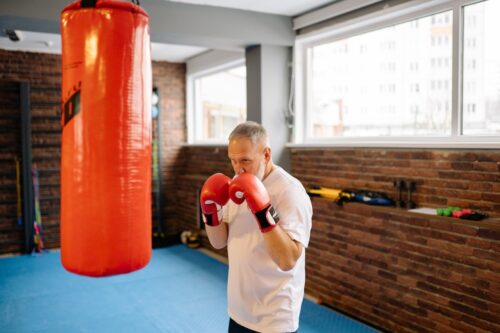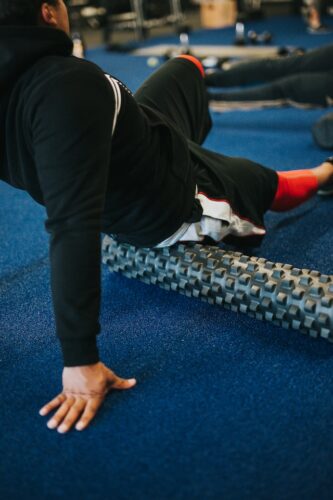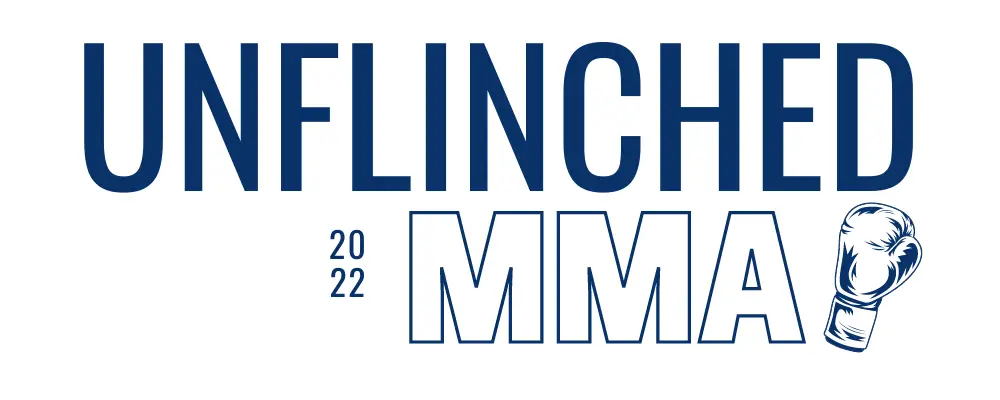Table of Contents
Workout On Rest Days: Can You Hit Heavy Bag Or Do Boxing?

Don’t prefer heavy bags during rest days
You shouldn’t do boxing or hitting heavy bags during your rest days. These are high impact activities and can impact your recovery. My recommended activities during rest days include stretching exercises, foam rolling and ice bath.
Your workout schedule must include a rest day if you want your muscles to recover from intense training. Both forms of training—boxing and heavy bag work—build various skills in a fighter and are beneficial for both general boxing conditioning and fight preparation.
The major question is whether you can do them on rest days and if there are better options that can help you stay in shape even on rest days. In this post, I will reveal which workout is ideal for you to do on your rest days. Boxing, heavy bags, or if better options are available. Go on reading.
Also Read:
- Analyzing Boxing As Workout & Exercise: Is It Good Enough?
- 9 Benefits Of Punching Bag As A Workout (Vs Running)
Can I Hit the Heavy Bag on Rest Days?
You should not hit heavy bag on rest days since it is a high-impact activity – spending too much time on the bag might cause joint deterioration. Longer workouts are acceptable, but you should take a few days off each week to relax and repair your joints and hands.
The heavy bag does take a toll on your hands, elbows, wrists, and even shoulders. If you train for too long, too frequently, it might seriously harm your body. Getting enough rest on your rest days will aid in your recovery from your intense workouts. Your muscles will benefit from the opportunity to rest and recover. This implies that you can physically perform at your peak and return stronger. You will remain healthy and refilled as a result, for many years.
Can I Do Boxing on Rest Days?
I would advise against boxing on rest days because taking at least one day off is beneficial for both physical and mental recuperation. It is possible to box every day, but your easy days must be very simple. They can be made up of only technique work or mild aerobic exercise.
Can I Still Workout on Rest Days?

Rest days should focus on recovery
You shouldn’t workout during rest days – it should be focused on recovery to allow you to get stronger and prevent plateau.
Professional athletes usually don’t enjoy having rest days, but they must understand that it helps the body’s recovery. Everyone from college athletes to marathon runners should build rest days into their training schedule. Overtraining can lead to exhaustion, sore muscles, and moodiness, which may also make athletes more susceptible to illness or injury. Although it may seem counterintuitive, rest days can improve athletic performance.
Exercise puts a strain on the body and mind. Exercising daily without taking a rest day can cause both physical and mental exhaustion. According to ACE, not allowing the body to rest by engaging in constant heavy work out, can cause a depletion of glycogen in the muscles. This depletion can trigger the body to use proteins for energy, meaning there is less protein available to assist muscle repair and growth.
Without a rest day, muscles, joints, and other important structures do not have adequate time to repair themselves. People may also become mentally exhausted and more prone to making mistakes while training. Continually pushing on without a rest day will eventually lead to injury.
What Is the Best Rest Day Workout?
Fighting professionals often find it difficult to unwind since we constantly want to improve by working out or being active. But everyone reaches a point where taking a day off is necessary to fully maximize your overall recuperation. Below are best exercises / workouts you can do on rest days:
1. Stretching

The best thing that you can do to start your day (or end it in the evening) is a 30-minute static-stretching routine. Stretch every part of your body. Lay there and let it hang. No rush. Breathe deep.
If you don’t stretch, your used muscles will become short and tight. When this happens, you increase the likelihood of straining that tight muscle. Stretching a tight muscle, whether on a rest day or after a workout, will loosen the muscle, therefore increasing the range of motion in the joints for punching with more force.
2. Foam Rolling

The self-myofascial release, also referred to as foam rolling, is an excellent training tool that should be utilised frequently. Even though it hurts, foam rolling will improve blood flow to the muscles.
You are aiding your recovery, just like you would when visiting a sports massage therapist, because the improved blood flow will result in your muscles receiving more oxygen and glycogen. Your movements will feel fluid the next time you exercise, similar to riding a well-oiled bicycle, and your muscles will be less prone to pull, snag, or sustain damage.
Due to its ability to enter your muscles and aid in the breakdown of scar tissue, vibrating foam rollers are excellent for minimizing delayed onset muscle soreness (DOMS, the discomfort you get the day after working out). You can foam roll to warm up and cool down. I suggest performing three full-body foam rolls, If you train six days a week, two full-body foam rolls if you train four times a week, and so on.
3. Ice Bath
Ice baths on rest days are fantastic for reducing inflammation and swelling because they stop blood flow to your muscles.
You don’t need bags of ice if the pipes are cold enough and the water is less than 2 degrees. But take care. Your body will experience a severe shock if it is not accustomed to a chilly plunge. For the first two minutes, the experience is extremely uncomfortable, but as your body gets used to the warmth, the discomfort lessens.
It feels even worse than when you first get used to a searing hot bath because it is similar to that. To obtain the maximum benefit from cold therapy, keep your ice baths no longer than 10-15 minutes. Set an alarm for six minutes and increase it as you gain experience. Keep in mind that it’s crucial to drink enough water, eat healthily, and get enough sleep to be strong and rested for your next challenging workout.
Also Read: Analyzing Boxing As Workout ; Exercise: Is It Good Enough?
4. Juggling

Juggling is a fantastic exercise that should be utilized on your rest days. Juggling is the art of moving objects, such as balls, clubs, beanbags, rings, etc. gracefully or artistically. Juggling will distract you from the discomfort and put you in a state of flow if you are sore after a week of training.
If not, it’s one of the best drills which improves your concentration, hand-eye coordination, and brainpower. It is very convenient because it requires very little space, cost, or complicated equipment. You can even juggle from the comfort of your bedroom too.
Do Muscles Grow On Rest Days?

Your muscles grow during rest days
Your muscles can repair and grow during rest. While exercise breaks down muscles, resting allows the fibroblasts to enter and rebuild the muscular tissue. Muscles start to repair when they are at rest, and they might mend more quickly when exercising on rest days. They can stay flexible and feel less worn out since they have greater access to a healthy blood flow.
Diet, exercise, and rest are the three essential components for muscular growth. We frequently undervalue the role that rest plays in maximizing performance and success in the gym. You may experience a performance plateau, injury, and decreased strength, power, and endurance when there is an imbalance between rigorous training and rest (recovery). Contrary to popular belief, muscle mass is not built during exercise. Rest days should be referred to as “growth days” if your goal is to gain strength and muscle. Your muscles will stimulate growth on the days you spend away from the gym.
FAQs
Q: How Many Days a Week Should You Hit the Heavy Bag?
I recommend you workout with a punching bag three days per week with at least one day of rest in between each session. Exercise duration ought to be determined by experience. Beginners should strive for one-minute breaks in between rounds of 1-2 minutes. Start with three to four rounds, then as you get better, up the number of rounds.
Start with once each week and work your way up to as many as four. However, he adds, “there’s no reason why you can’t jump right into it three to four times per week if you love your initial heavy bag session. Currently, many of us exercise at home instead of going to gyms.
Q: How Many Days a Week Should I Do Boxing?
The minimal amount of days per week to box would be two if you are a beginner learning the ropes. For a beginner to pick up the art of boxing while receiving an excellent workout, two to three times per week is ideal. Your age at training and your overall objectives will determine how many days a week you box.
Depending on your goals, you can then increase this after a few months to four times per week or more. You can box up to six times a week to improve your striking technique and physical conditioning if your objective is to compete in your first amateur fight.
Overall, the objective is to exercise as much as your body will tolerate without exhausting yourself or overtraining, both of which can result in accidents or illnesses. The extent to which you can recover uniquely depends on you. But you should try several things to see what suits you the best.






